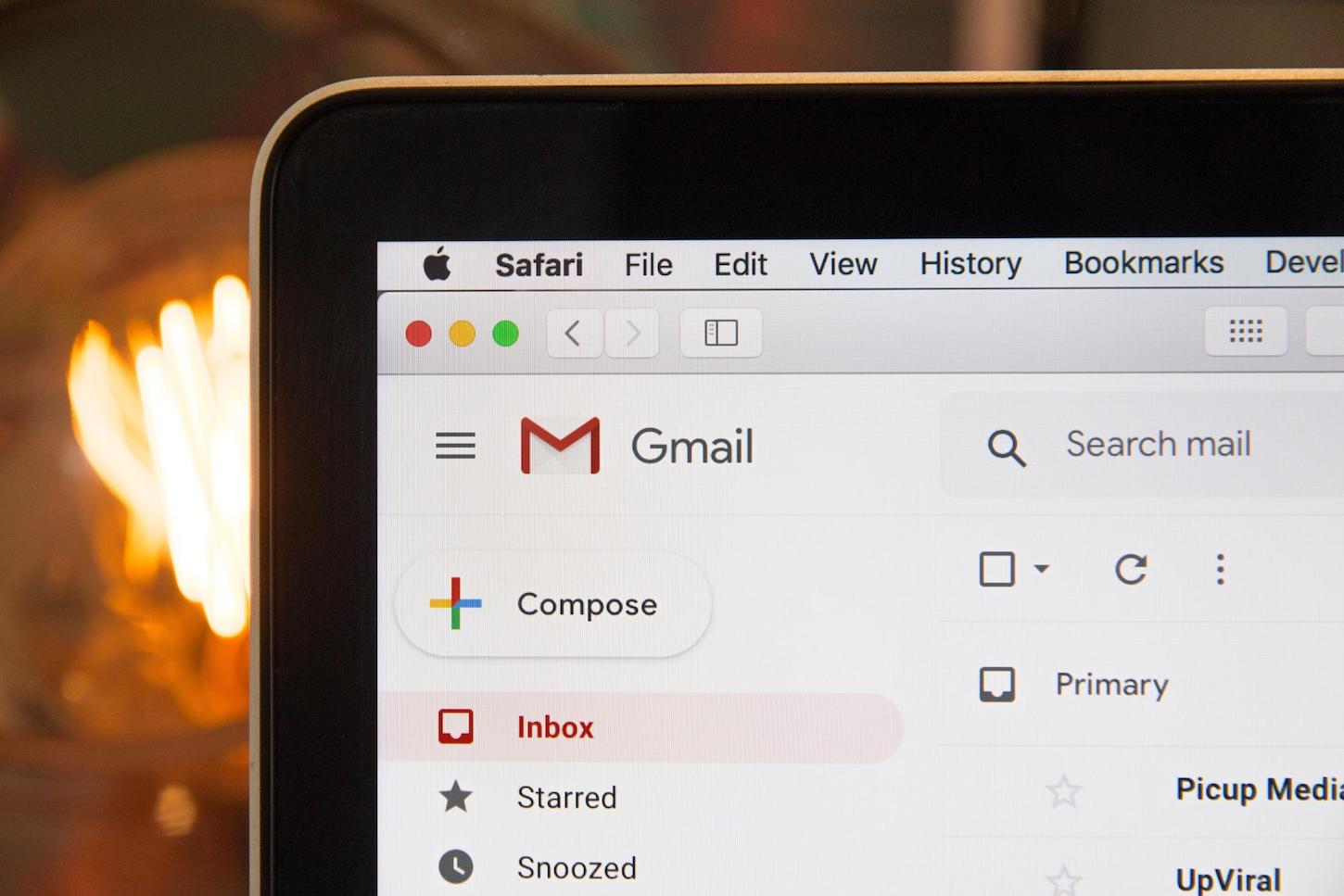Email continues to be one of the strongest channels for marketing, with an average ROI of $44 USD for every dollar spent. As a Shopify Partner, you likely already use email in different capacities, but there are a few simple strategies you can use to help you take your business to the next level.
One of the most powerful tools you can use to target and communicate with users, clients, and prospective clients is segmentation. Email segmentation lets you group subscribers by specific criteria that are important to your company, like location, store type, or purchase amount.
In this article, we look at various ways to segment your audience, target your ideal client, and grow your business via email marketing.
What is email segmentation?
Email segmentation is typically used to send targeted, personalized emails to specific groups of contacts, allowing you to send emails that feel custom to your audience. Segmentation also allows you to see how these groups behave and engage with your communications.
Although you may want to send promotional emails to everyone on your list, targeting a specific segment is actually proven to increase opens, clicks, and even revenue. Marketers have seen segmentation bring in more than 7 times the revenue of non-segmented emails, allowing businesses to develop individualized conversations with their contacts in a scalable way.
"Marketers have seen segmentation bring in more than 7 times the revenue of non-segmented emails, allowing businesses to develop individualized conversations with their contacts in a scalable way."
Since marketing your own business can often fall to the wayside, email segmentation offers a streamlined way to build targeted marketing campaigns for your business, so you can focus less on writing business emails and more on what you do best—working with your clients and users.
You might also like: Email Personalization: Using Analytics to Send Relevant, High Converting Emails.
How to segment your contacts as a Shopify Partner
There are a few different ways to use segmentation to send targeted emails and maximize your growth. Below, we look at 5 different strategies.
1. Segment by referral source

Knowing how your contacts were referred to you can affect how you speak to them. For example, potential clients who have been referred to you by word of mouth versus Shopify’s App Store will have different knowledge of the work you do.
You may need to educate these contacts differently, or offer them unique incentives to sign up for your services. Potential clients who have found you through the app store, for example, may also require a longer nurture time than those who reached you through word of mouth, so you should consider additional email touchpoints while they onboard.
For example, you might send customers who find you through the app store resources like client reviews, education on your key differentiators, or more examples of your work and success cases. Alternatively, the emails you send this group may be as simple as checking in with them to provide guidance through the onboarding process.
By segmenting your contacts by referral source and investing in this kind of email personalization, you can target these groups with unique messaging and timing designed for their needs.
You might also like: How to Write a Business Email Prospective Clients Will Never Forget.
2. Segment by industry

Your clients may sell any number of things, from clothing to tea. These industries will vary in the strengths and challenges they bring to the table, possibly complicating your work as a Shopify Partner. This is a great opportunity to show your contacts exactly what you can do for their industry, and to further personalize your communications.
You may be tempted to send your best work to all your contacts, and sometimes that’s definitely the right move. But instead of exclusively operating this way, think about how you can send emails or work that feel relevant and specific to your audience’s needs—for example, share the Shopify store you built for a clothing retailer with other clothing merchants, but not with those who sell tea.
You can also create or share helpful content to showcase thought leadership and establish trust. If you have a blog, you can share pieces focused on subjects relevant to a client’s industry. Tea merchants may struggle with expiring inventory, while clothing retailers may be worried about carrying a full inventory of extended sizes. Your clients will have different target customers, and different sales and promotional cycles.
Speaking to your clients’ individual struggles and needs will help you build a relationship and establish trust. By segmenting your contacts by industry, you can showcase relevant experience and share content that is helpful for them specifically.
You might also like: How to Build an Abandoned Cart Email Sequence.
3. Segment by service
As a Shopify Partner, you may offer different apps or services, such as website design and SEO. Segmenting by the service you are providing to each client can help ensure you are sending emails with only pertinent information.
From here, you can even use these segments as a jumping off point to upsell your services or share content to help clients with a service they’re already paying for.
4. Segment by purchase history
In the same way that merchants can target buyers by their previous purchases, you can use your clients’ purchase history as the foundation to start a longer conversation. For example, if you offer services or packages at different price points, you can segment clients based on their purchase level.
This gives you a clear indicator of their budget for future services, and gives you the opportunity to send targeted promotions. You might email high value clients with limited access offers, or send more price-conscious customers specific deals or discounts.
You can also segment by buyer cycle. It’s likely your clients are on their own schedules, and they may not match your usual promotional schedule. They may need materials for seasonal promotions, or be gearing up for a big rebrand. By segmenting on your contacts’ seasonal cycles, you can hit them with an email when they’re actually ready to convert.
"By segmenting on your contacts’ seasonal cycles, you can hit them with an email when they’re actually ready to convert."
5. Segment by engagement

Email engagement, like opens and clicks, is one of your key indicators to gauge audience interest. Your most engaged contacts are connecting with your message and are showing an active interest in what you have to offer. You can jump on this opportunity to send your most engaged contacts special discounts, demo offers, or tailored content.
You’ll want to avoid sending general promotions to your unengaged contacts. This can hurt your deliverability, and can, frankly, be obnoxious. If a contact hasn’t opened your last 10 emails, it’s very unlikely that they will open a future general promotion.
"If a contact hasn’t opened your last 10 emails, it’s very unlikely that they will open a future general promotion."
This is why segmenting by engagement can be a great jumping off point for automations like winback campaigns, which re-engage previously active clients. Building a segment for unengaged subscribers lets you automate a winback series, sending one or more emails with the specific goal of re-engaging this audience. The stats show this is a powerful strategy: 45 percent of subscribers who receive a winback email will go on to open a future email.
Getting started with email segmentation
All of these segmentation options might feel overwhelming, but there are plenty of email marketing tools out there to simplify the process.
At this point, it might be clear what segments you should start with, or maybe you have some experimenting to do in your future. Whatever segments you choose, they should reflect your company’s goals and the relationships you want to build with your clients and users.
Ultimately, segmentation gives you the power to communicate with your clients and contacts without inundating them with unnecessary messages, making your emails feel more like a conversation and less like spam. So what are you waiting for?
Have you experimented with email segmentation to grow your business? Share your experiences below.








